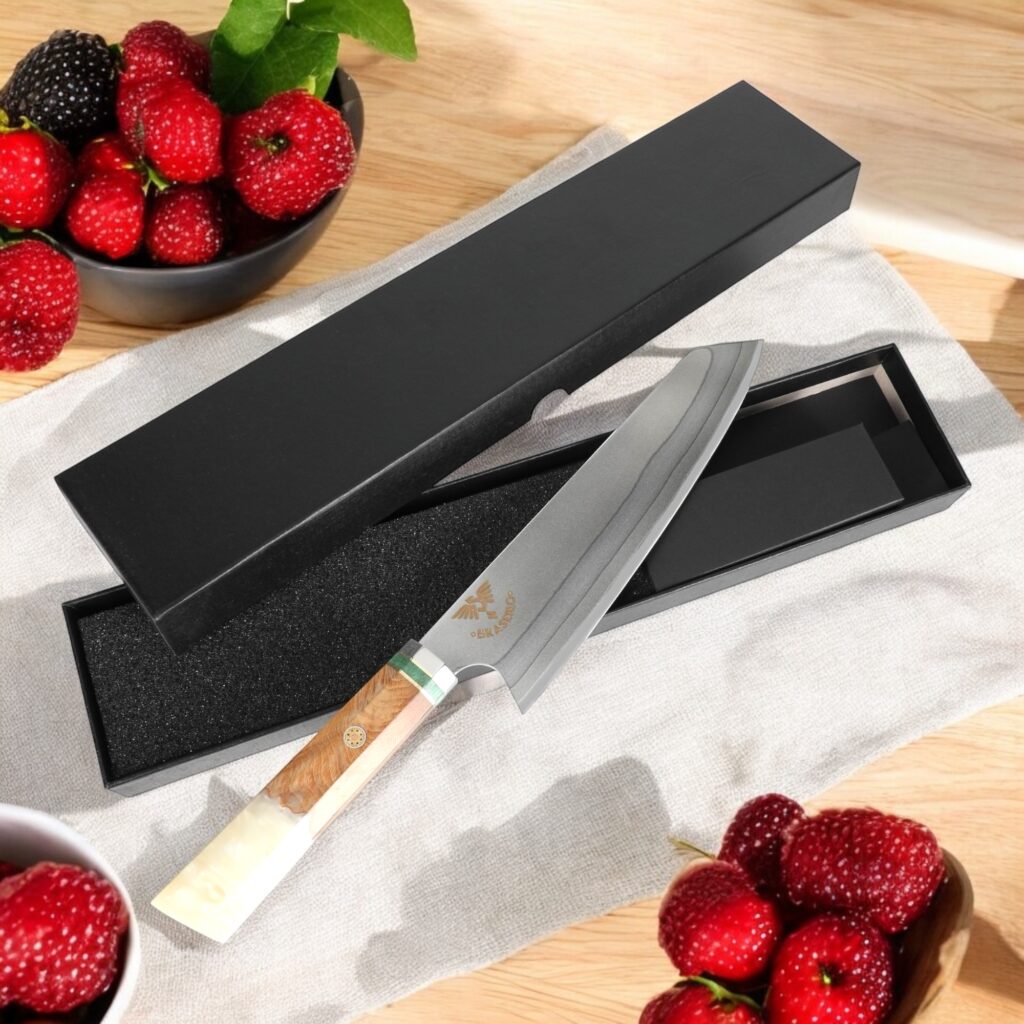
In the world of cutlery, oriental and western knives represent two distinct styles that reflect the cultures, traditions, and culinary needs of their regions. Each has unique characteristics that make them essential kitchen tools, but they cater to different preferences and uses.
Oriental knives have roots in Japan, China, and other Asian countries, where precision and delicacy in food preparation are highly valued. Western knives, particularly European styles, were developed to handle heavier and more versatile tasks, such as cutting through bones and deboning meat.
The oriental philosophy emphasizes perfection and efficiency in precise cuts, while the western approach prioritizes durability and versatility.
The choice between oriental and western knives depends on your needs and cooking style. If you value precision and lightness, oriental knives are ideal. For heavy-duty tasks and versatility, western knives are the better choice.
Both styles hold a rightful place in a well-equipped kitchen, bringing the heritage of their respective cultures into every meal preparation.